Shey Phoksundo Lake Trek is a short and relatively easy trip to one of Nepal’s largest and most spectacular lakes. It’s a 7-day trip from Kathmandu, but it could be longer or shorter depending on the number of hours you choose to walk a day. Shey Phoksundo Lake is one of the most iconic and exotic tourist destinations in the Dolpo region. It is the most significant territorial district, among other many beautiful places in Nepal.
Phoksundo Lake is an alpine fresh water oligotrophic lake in Nepal‘s Shey Phoksundo National Park, located at an elevation of 3,611.5 m (11,849 ft) in the Dolpa District.
The adherents of Bon-Po religious sects also know the Phoksundo Lake as sacred. It thus makes the trek into a beautiful blend of nature and culture. Phoksundo Lake is splendid due to the reflecting backdrop of the Kanjirowa massif. Besides, it offers a wide range of spectacular and beautiful landscapes.
Short Itinerary of Shey Phoksundo Lake
| Day 1 | Drive from Kathmandu to Nepalgunj | 12 Hours |
| Day 2 | Flight to Juphal, Trek to Suligaad | Trek 2 Hours |
| Day 3 | Trek from Suligaadhto Chhekpa | 6 Hours |
| Day 4 | Trek to Jharana Hotel to Ringmo | 9 Hours |
| Day 5 | Explore lake and Hike to Viewpoint | 3 hours |
| Day 6 | Walk back to Suligaad | 8 Hours |
| Day 7 | Flight to Nepalgunj |
Detailed Itinerary of Shey Phoksundo Lake
Day 1: Drive from Kathmandu to Nepalgunj
Take an early-morning bus from Kathmandu to Nepalgunj. Nepalgunj, which is located 527 kilometers from the city, may be reached in 12–13 hours.
Day 2: Flight to Nepalgunj
The following day, a morning flight will take you to Juphal, Dolpa. Juphal is a village in the Dolpa district’s Tripurasundari Rural Municipality. Apples, black beans, and walnuts are all well-known local products. From Juphal, you begin traveling in the direction of Suligaad. You will reach a juncture where the route splits into two as you continue to walk along the Bheri River’s bank. One travels to Dunai, the Dolpa capital, and the other, via the army barracks, travels to Shey Phoksundo. The confluence of the Bheri and Phoksundo rivers is also located in Suligad. The Phoksundo’s crystal-clear blue water offers a preview of what awaits you on your journey.
Day 3: Suligaad to Chekpa
You start your upward adventure after an early breakfast. The route to Chekpa is walking alongside the Phoksundo river while occasionally ascending and descending hills and crossing numerous wooden bridges. You will arrive at Kageni after a couple hours and can eat lunch at the Sunita Hotel or the Raju Hotel. Both hotels offer wonderful, authentic food. After lunch, you continue on. Just before Chekpa village, there is an hour-long steep climb. You spend the night in Chekpa there, listening to the river’s tranquil sounds.
Day 4: Trek to Ringmo, Phoksundo Lake
On this day, it is best to set out on your journey very early because there is a lot of ground to cover before you reach the lake. You continue upward along a route through the forest lined with large cedar trees. The trail will lead to a settlement in a tiny valley after 4 hours of walking. Depending on your preference, you can have breakfast at either the Samjhana or the Jharana hotel. The following section of the walk is the hardest, so you must conserve all your energy. After leaving the Jharana Hotel, you must ascend a steep, narrow path.
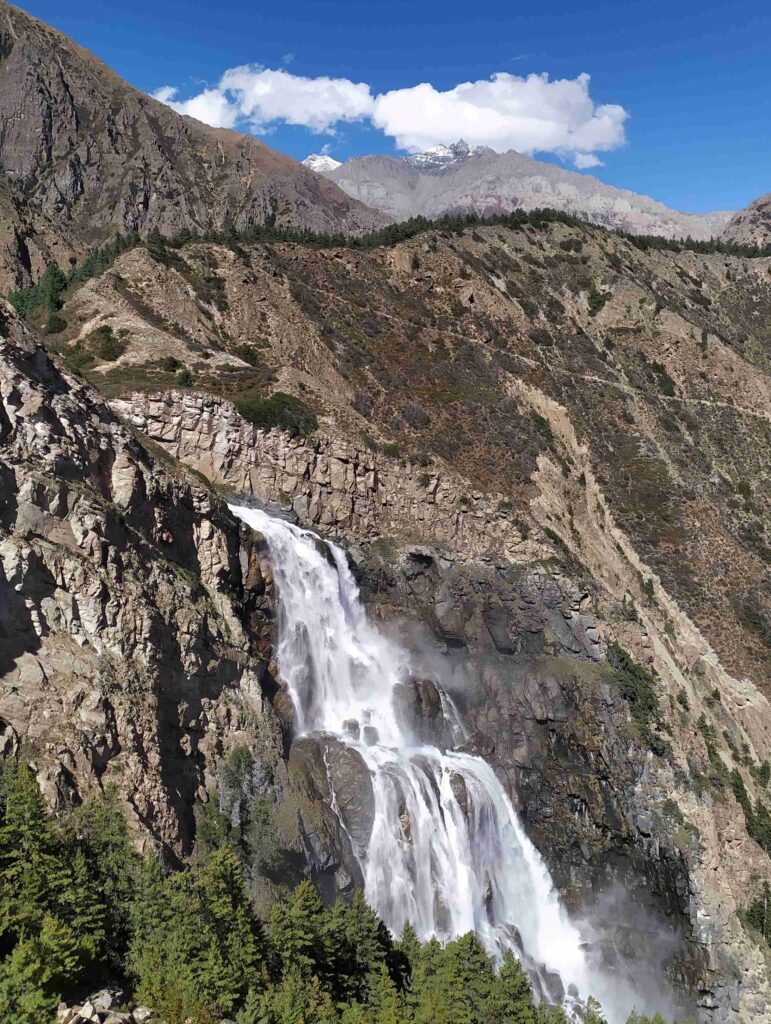
You will arrive at a breathtaking vista of a large waterfall created solely by the water of Phoksundo lake after two to three hours. The waterfall is quite impressive and is among the best in Nepal. From there, it takes an hour to walk to Ringmo, a village that is ideally situated on the shore of Phoksundo Lake. With only a glimpse at the lake, all your efforts for the day will have been worthwhile, and your fatigue will vanish.
Day 5: Explore Phoksundo Lake and Hike to Viewpoint
The majority of the residents in the traditional village of Ringmo are of Tibetan descent and follow the Bonpo religion . The settlement, which is on the landslide dam that created Shey Phoksundo Lake, is located at an elevation of 3,660 meters. In Ringmo, there is also a small museum and an ancient Bon monastery. Your arrival at Shey Phoksundo will be met with utter amazement. Glaciers encircle the lake, which is the most exquisite shade of turquoise. You will be treated to breathtakingly stunning sights all around you.
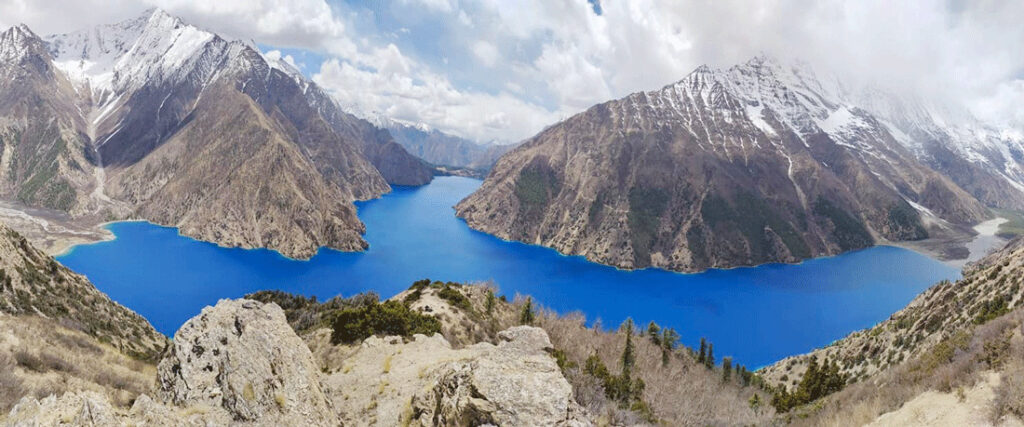
You can hike to the viewpoint to get a better view of the lake’s other hidden side. Phokso, which means lungs in Nepali, is thought to have generated the lake’s name due to its shape resembling lungs. The view from the vantage point displays the lake with lungs like shape.
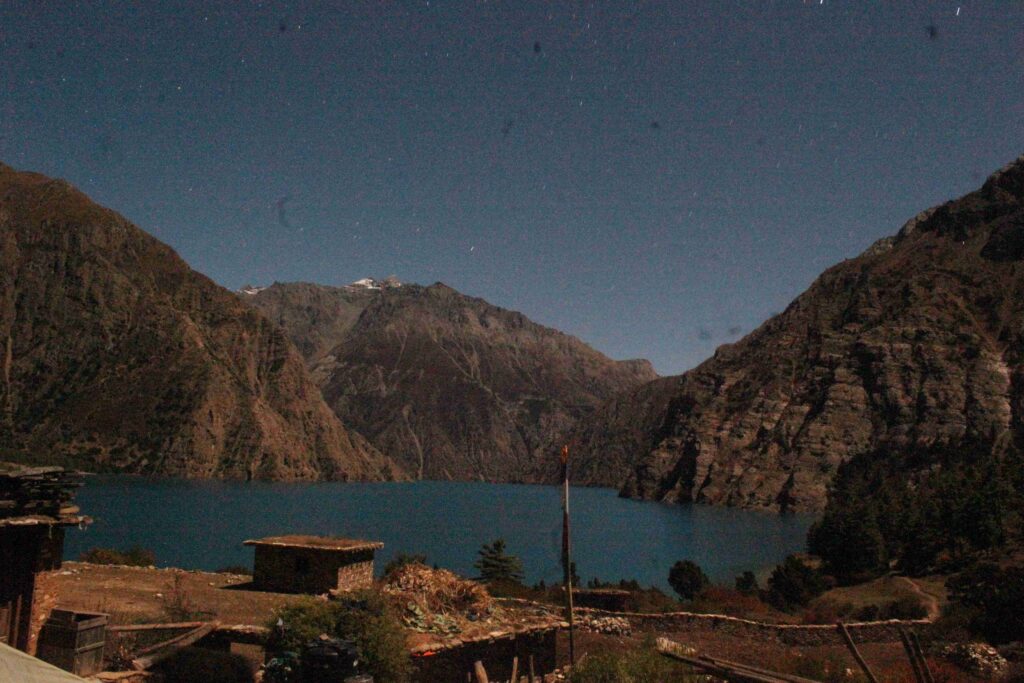
Day 6: Trek Back to Suligaad and Jeep to Juphal
Sadly, you will have to depart from this exquisite environment and return the way you came. To get to Juphal on the same day requires a rather early start. Suligaad is reachable at about dusk if you move quickly. From there you can shuttle your way to Juphal on a jeep.
Day 7: Flight Back
Catch the morning flight back to Nepalgunj or Kathmandu. You have made to one of the most stunning locations on earth. Be proud and treasure these memories for the rest of your life.
Shey Phoksundo National Park
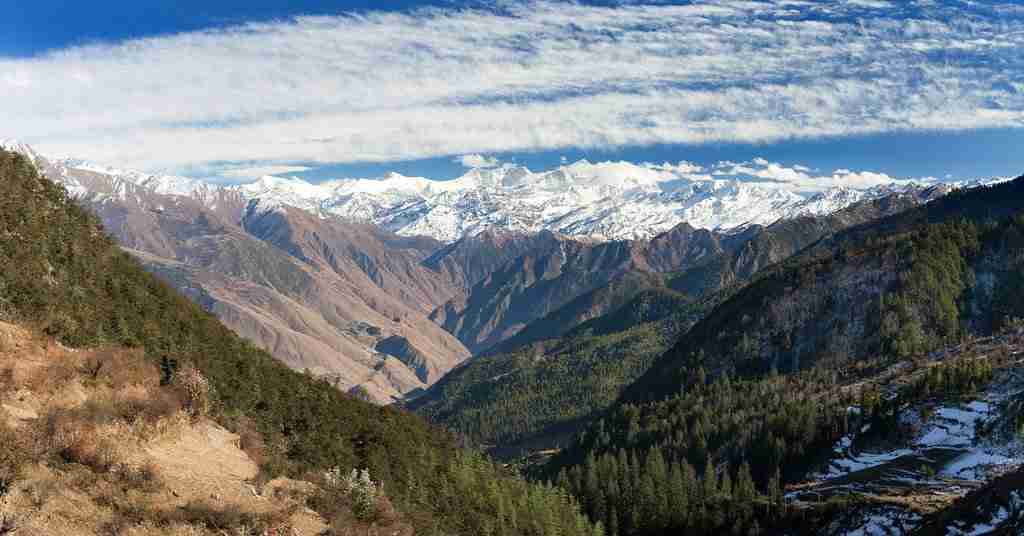
Nepal’s only and largest trans-Himalayan national park is Shey Phoksundo National Park. As one of the most picturesque mountain ranges in the entire planet, the park will provide you with a variety of breathtaking scenery. Most of the area is located to the north of the Himalayan crest. The Kanjiroba Himal (Kanjirowa), which is located at the southernmost edge of the Tibetan plateau, has a summit elevation of 6,883 meters.
Shey Phoksundo National Park offers a vast range of flora and fauna in addition to stunning vistas of the Himalayas. This area has a very varied vegetation. Upper Himalayan deserts make up much of the park’s northern portion. White Himalayan Birch, Caragana Shrubs, Rhododendron, Salix, Juniper, and the occasional silver fir fill the upper meadows of the Himalaya on the trans-Himalayan slope. As opposed to the blue pine, hemlock, cedar, spruce, silver fir, bamboo, poplar, and rhododendron that grow in the Suligad Valley. There are 268 species of ethnobotanical significance in the park as well.
Many of the endangered species, including as the snow leopard, musk deer, blue sheep, and grey wolf, house the park. The park also has a jackal, Himalayan black bear, leopard, Himalayan Tahr, and goral. Golden-throated marten and great Tibetan sheep. Six distinct reptile species and 29 different butterfly species are also present. The highest flying butterfly in the world, Paralasa nepalaica, is among the 29 species of butterflies. The park is home to approximately 200 different bird species, including the white-throated tit, wood accentor, Tibetan partridge, and crimson-eared rosefinch.
Also see: Jagadulla Lake – Overview to a Hidden Gem in Dolpa – YTROT
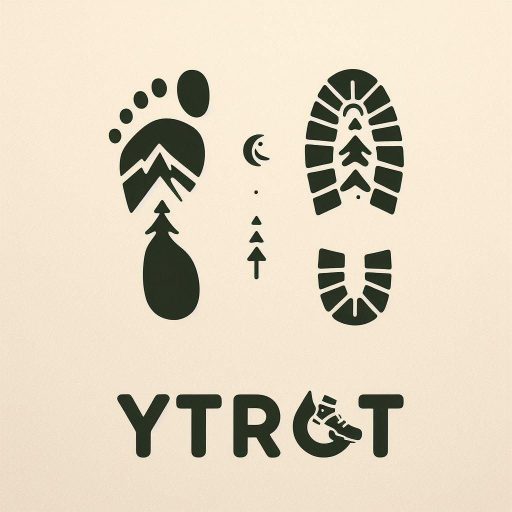
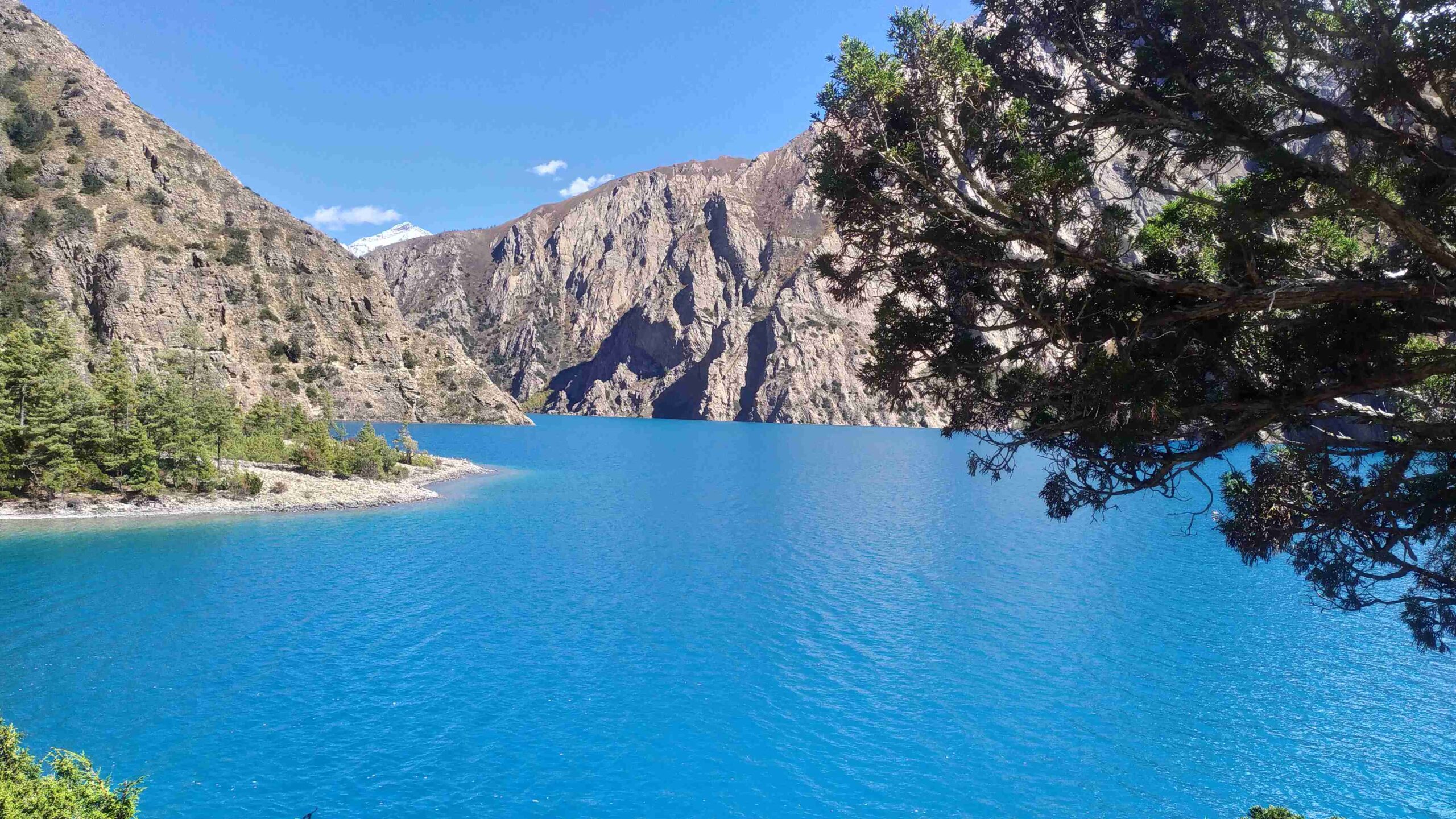
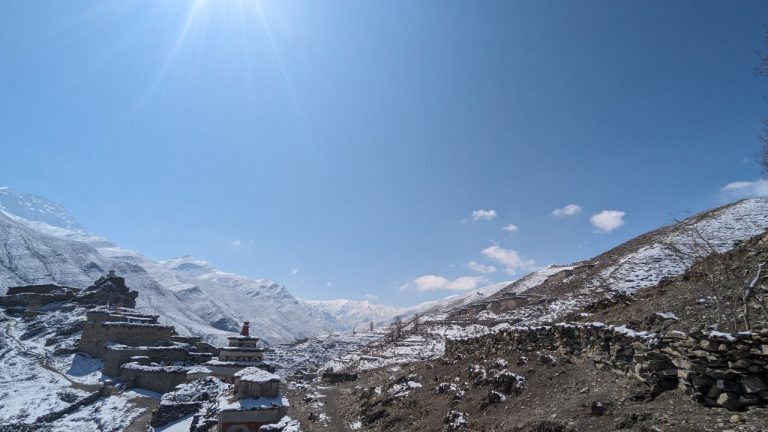
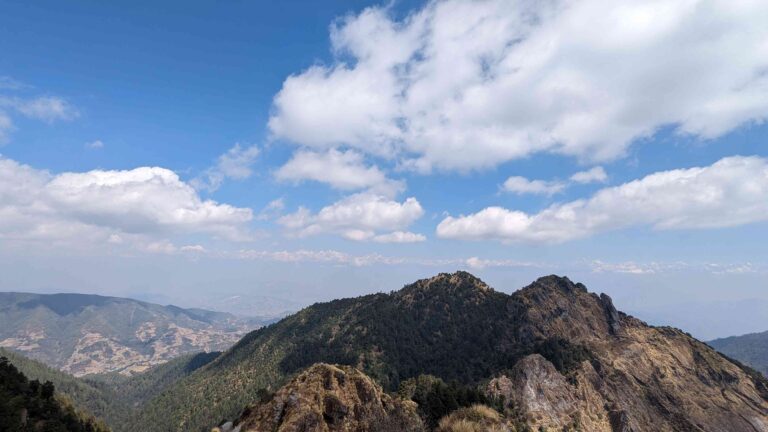
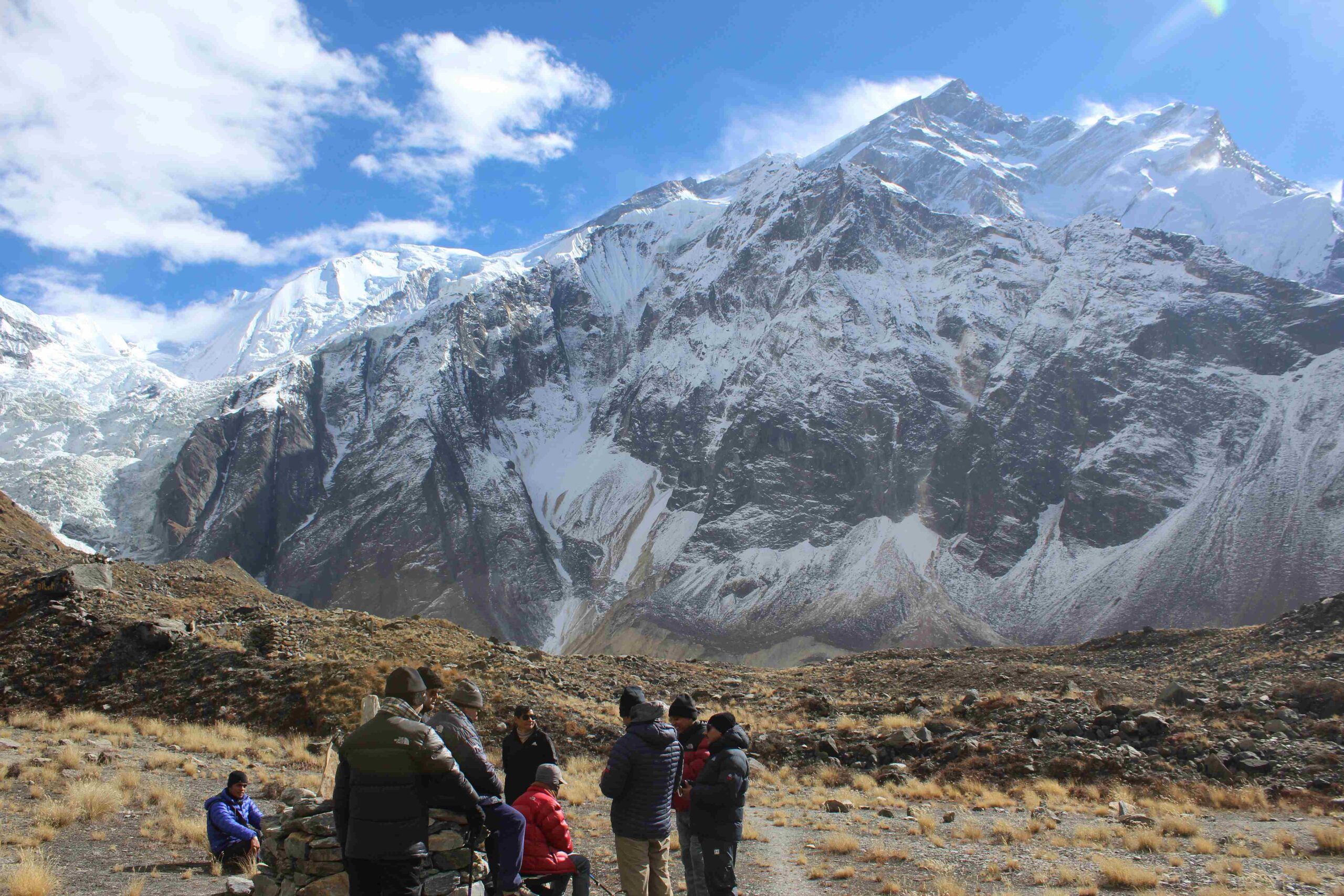
Can you hike to Phoksundo Lake from juphal solo or do you need a guide, thanks.
It is mandatory for foreign travellers to have a guide with them.